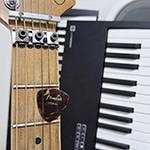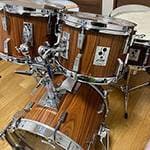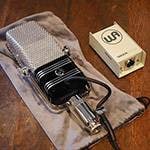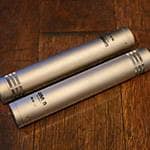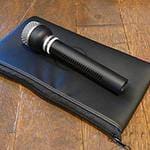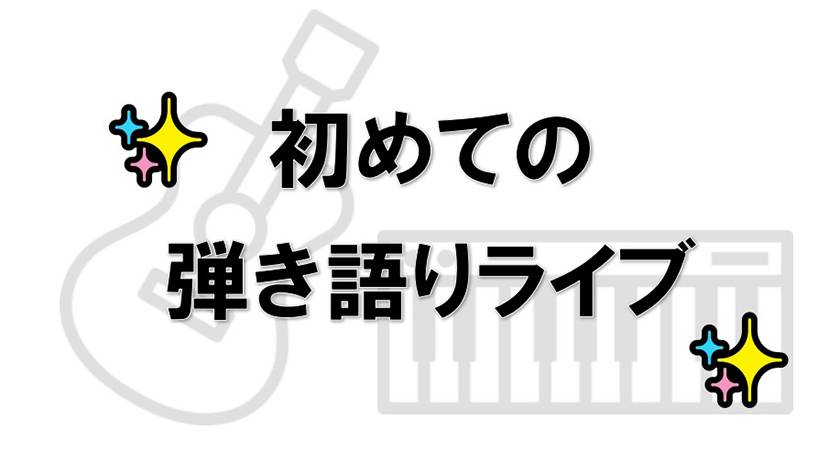
This column is written based on my various experiences up to now, for those who are planning to sing while playing live performance for the first time. I hope it will be of some help.
The benefits of putting some thought into your performance
In live performances, the music is the main focus, and even if you end up singing and playing without saying anything at all, it will still be a success. However, if you put a little thought into your performance, you can sometimes draw out the audience's concentration and deliver the music more deeply as a result.
When you're new to this, you'll probably be concentrating on singing and playing, but once you've got a bit more experience, I recommend incorporating your own unique style of performance. In this article, I'd like to share some of the different types of performance and some little tricks I've picked up along the way, drawing on my own experience. I hope this will be useful for those of you who have already performed live.
The MC is also an important part of the performance
First of all, I think it's good to think of the spoken part between songs, the so-called MC (master of ceremony), as an important part of the performance. If you're good at MC, you can also close the distance between you and the audience, and get them to concentrate on listening to the songs. But everyone has their own strengths and weaknesses when it comes to speaking, so there's no need to force yourself to become a good MC. It's fine if you can speak in a way that's unique to you.
That said, I think there are some little tricks you can use. The first thing that comes to mind is self-introduction. This is definitely something that will be of interest to the audience. Rather than giving a detailed introduction, it might be better to include three or so topics that will make an impression. In my case, the three topics I often talk about and that I think people remember relatively well are: “the origin of my artist name is the name of my great-grandfather (Genta),” “I have over 150 original songs,” and “I live in Kamakura and work as a company employee while also pursuing my music career.”
In addition, explanations of the next song you're going to sing and the points to listen out for are also classic topics. It's not good to explain too much, as that will dilute the meaning of the song, but it's a natural MC topic. I also think that topics that have common ground are strong as well. It's also good to touch on recent trends and news. Even if it's not directly related to music, it's fine to ask “Have you tried the popular XXX?”. Personal episodes that have happened to you are also good topics for communicating your personality. In any case, it would be cool if you could casually and naturally segue into an introduction to the next song.
Incidentally, there are some musicians who can make the audience laugh with their storytelling skills that put comedians to shame, but such people are rare, and since this is a live music event, such skills are not necessary. On the other hand, if the talking gets more of a reaction than the music, that would be a deep concern for the musician (lol).
Proactively sharing information can be an effective way to direct the audience
The audience's interest in the musicians is quite simple. It is made up of two questions: “What kind of music does this person play?” and “Who is this person?”. Satisfying this interest through direction can also lead to drawing out the audience's concentration.
As for the former, you will find out as soon as the stage starts, but as for the latter, you will not be able to understand unless the performer actively shares the information. Some audience members will search for the performer's name on their smartphone and check their blog or social media, but it is undeniable that they are passive. What I recommend is to create a flyer (also called a flyer) with “profile & activity information” and hand it out at the venue. I have been doing this so far and I have felt the effect.
In my case, I include a photo of myself and write “self-introduction”, “activity history”, “how to watch my work (YouTube)”, “media to share the information (social media, etc.)”, “favorite artists”, and “upcoming live information”. The key points here are “to write about the questions you are often asked” and “handing them out like business cards before the live event”. This makes it easier to greet people and start conversations, and also increases the chances of people remembering your name. In addition, if there are any common points between you and the person you're talking to, it can make for a more interesting conversation. or “I like Billy Joel too!”, and many times the audience was able to concentrate on the live performance. I think that the most effective way to draw in the audience and draw them into the world of your music is to proactively share the information, or in other words, to disclose yourself.
Incidentally, you should create this flyer with the assumption that it will be left behind at the venue or thrown away as regular trash. Be careful not to include important personal information such as your phone number.
In addition, there are other cases where I have tried to share the information, such as letting people know in advance what songs will be played on the day. I think there are pros and cons to this, but it's like the menu for a set course meal. I've also included it in the flyer, but recently it's become popular to display it in a large format at the music stand so that it can be seen from the audience seats. It's probably easier to understand if you imagine a street musician displaying a board. As a side note, when Ikimono-gakari were still amateurs, they used to hand out booklets with the lyrics to the songs they were playing at the venue. You can really feel their enthusiasm to get their music out there.
In addition, in a unique move, I also created and distributed a booklet called “Gendayu's Music-Related Stories”, which was essentially a collection of essays about episodes related to their music. It was printed on A3 paper and folded into eight pages, so it was inexpensive to produce. It must have been quite an interesting read, but it was not really suitable for reading at live venues, so I don't think it had the desired effect.
Let's think about staging that appeals to the sense of sight as well
Of all the human senses, the one that can appeal most directly is of course 'sight'. Even at live performances, the visual appearance of the musicians, such as their clothes, can be an element that influences the image of the music they are playing. I think that you all will make better choices than I (who is not very knowledgeable about fashion or style) in this area, but I would like to emphasize again here the importance of wearing clothes that match the music you are playing. The reason is that I perform on weeknights after work, so changing clothes would be a burden, but also because I admire Billy Joel and it's rare to see performers in suits.
If you don't know what clothes suit you, you might want to take a look at what professional musicians wear, or ask your friends for advice. Apart from clothes, I think that things like your hairstyle, hats, glasses and other accessories also affect the image you give as a musician and the impression of the music you play. Of course, the color and shape of the instrument you play is also part of your visual image, so try to make effective use of it in combination with your clothes and accessories.
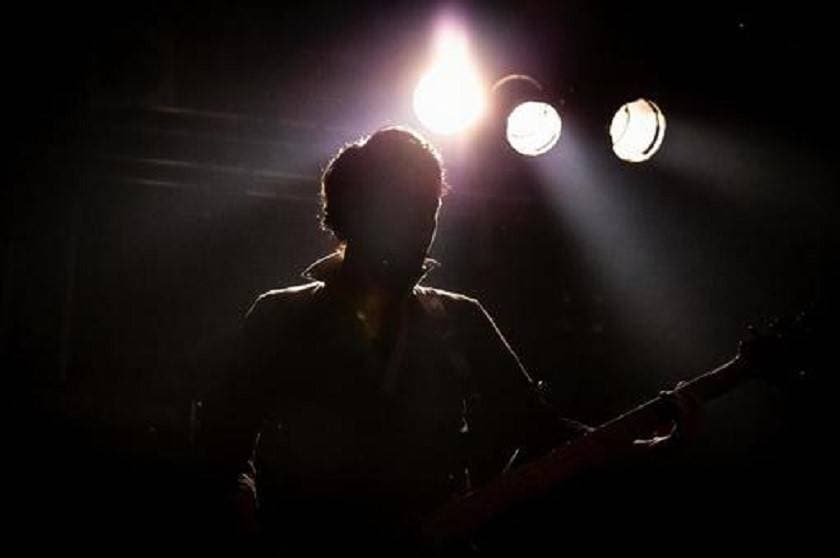
In addition to this, I would like to introduce some of the visual effects I have used in the past.
These are quite unique for a live performance where you are singing while playing, so please use them as a reference only.
① Illumination
I have used battery-powered illumination that can be purchased at 100 yen shops or hardware stores, attaching it to music stands and microphone stands to create a sense of elegance. I think it suited the image of my own music, which often has a pop feel. When I sing Christmas songs, I even wrap it around my body (lol).
② Linking with video
This is assuming that the venue has facilities such as a screen, but there have also been cases where images or videos that match the image of the song being performed were played. Specifically, I sang an original song with the theme of a place of memories from the past while a slideshow of photos from that time was being played. I would also like to sing other songs one day while the lyrics are being played on the screen.
③ Headgear and costumes
Although this is only for cases where the stage has a strong entertainment feel rather than for cases where the songs are sung in a quiet and serious manner, I have also tried my hand at a number of headgear and costumes (cosplay). For example, when singing John Lennon songs, I tried wearing a wig with long hair and round glasses, and when singing a Mr. Children medley, I tried wearing a mask of Sakurai-san. I have also appeared while running in a homemade Hakone Ekiden cosplay outfit. Looking back on it myself, I think there was also a part of me that was trying to hide my embarrassment, but I remember that it really got the crowd going. However, this performance was more about getting the crowd going than about getting the music across.
④ Back-up dancers
I've only done this once, but when I performed an original Bon dance version of a song, I asked two of my friends (women) to wear yukata and dance Bon dance on the side. Kuwata from Southern All Stars often does this, but regardless of genre, having dancers on stage can really raise the entertainment factor and make the space a lot more fun. However, if you don't carefully consider the song and the atmosphere of the venue, it could have the opposite effect, so be sure to think it through carefully before you do it. This may be a little difficult for a live performance where you sing while playing.
The most exciting thing is a participatory performance
As with everything, people show a strong interest in things that relate to them or that they have in common. In addition, if it is something positive, it becomes more enjoyable. When I perform live, I try to involve the audience as much as possible and make it enjoyable for them. In my experience, I think this is the most exciting way to perform. After these performances, I remember that everyone's concentration clearly increased, the sense of unity in the venue increased, and it became a good live performance. I would like to introduce some examples, including some that I have also practiced.
① Going Into the Audience
This might be difficult to pull off with a piano but is more feasible with a guitar. It’s a classic performance trick that never goes out of style. Singing a surprise song up close in the audience with an acoustic guitar could be a great addition to the set. Even professional performers who play arena-level shows often include time on a central circular stage separate from the main one. The fundamental idea is likely rooted in this kind of intimate connection with the audience.
② Sing the requested song
Everyone is happy when they get to perform the song they requested. Even if it's difficult to get people to request your original songs, you could ask them to choose from a list of songs you've prepared in advance, including covers, or you could listen to how they're feeling at the moment and choose a song that matches their mood.
③ Invite audience members to join in with percussion instruments
If there is a song in the performance that can be enjoyed in a relaxed and fun way, it would be fun to invite audience members to join in on stage by calling out to them from the audience and asking them to play percussion instruments. I have also had audience members help out with tambourines, bells and mini bongos. However, please be careful not to make it feel like an obligation or a pressure, or to make it something that is too difficult to play.
④ Sing a song related to the audience
It's probably common to sing a birthday song to someone whose birthday is coming up soon, but singing a song related to the audience is also a good idea. When a friend from elementary school came to see me, I tried singing the school song in a jazz version, I sent a message to my friends who had goals with an original song that matched them, and I changed the lyrics to a version for that day and sent a message to the audience.
Two performances I particularly recommend
In my case, I have a strong entertainment spirit that wants people to enjoy themselves, so I have also incorporated various other performances into my live shows. These include reciting lyrics, reciting plays derived from original songs, magic tricks (as there were small children in the audience), impersonations, appearing on stage with background music (like a professional wrestler), and prize-winning game campaigns. I think I have always been on the lookout for ideas, and I have tried to recreate as many of the performances that I thought were interesting, regardless of whether they were professional or amateur, as much as possible.
Finally, I would like to introduce two particularly recommended performances that I often use in my own performances.
① Collaborating with fellow guest musicians
At a live performance where you sing while playing, you usually sing around 5 or 6 songs solo, but I often include a time in the middle of the set, around the 3rd or 4th song, where I invite a fellow guest musician on stage to collaborate with me. It's fun for both the guest and myself, and it also adds an extra dimension for the audience. In addition, it strengthens the bond between you and your fellow musicians, and if your friends bring their own audience, it can lead to an increase in the number of people attending. If it goes well, it's definitely a happy performance for everyone.
② The “encore request plate” that makes you giggle involuntarily!
This is a performance that will be more or less effective depending on the character of the musicians. Prepare a plate (cardboard or similar) about A3 size with the words “Someone say ‘encore’!”, and attach a cord so that it can be hung from the neck, or attach it to the music stand so that it can be hung from the stand and hidden on stage. When the last song is over, hold up the plate so that it can be seen by the audience without changing your expression, and say something like “Thank you for coming today! Please be careful on your way home!”, etc., and create a closing atmosphere with a nonchalant expression, a quiet laugh will break out from the audience, and someone will say ‘Encore!’. If you say something like ‘What? Encore? That wasn't expected. Thank you!’, you'll almost certainly be well received and it will be a relaxing moment. If you then play a serious, cool song for the encore, you'll probably gain even more fans!
However, there are some points to be careful of when doing this. First of all, of course, you should not exceed your allotted time. In addition, if you are performing at a booked live event, it is probably safest to do it at the end of the performance, considering the balance with the other performers. In the case of the last performer, there is no one else to perform after you, so the venue will often allow you to go over time for the encore, but it is better to talk to the venue manager beforehand and get their permission.
In this article, we have introduced various ways of adding a little extra to your performance, but I want you to remember to keep your own style and personality in mind, and to try to avoid letting the production overshadow the impression and presence of the music. I want you to make your music and live performances even shinier with a little extra production.
As I mentioned earlier, I also recommend using your own illuminations for your performance. You can charge them using a USB cable, and they can be attached using magnets. They are sure to lift the spirits of both the audience and yourself, especially when you're performing a lively song!
STAGE EVOLUTION / JEWEL BALL WH
We also recommend this!
PLAYTECH (formerly ZENN) / DTH20 Black Tambourine
PLAYTECH / PRB100 Wristband Bell
The “sound & person” column is made up of contributions from you.
For details about contributing, click here.





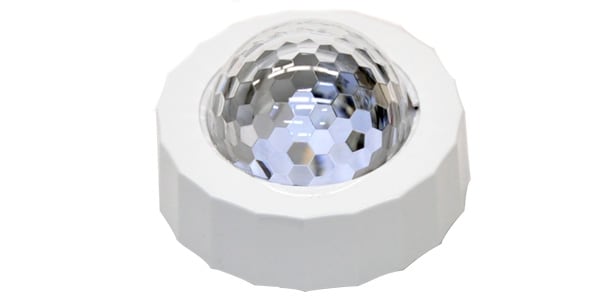
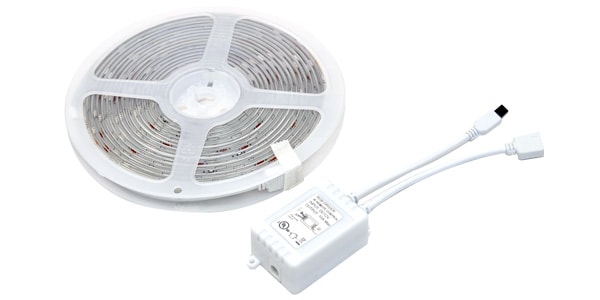
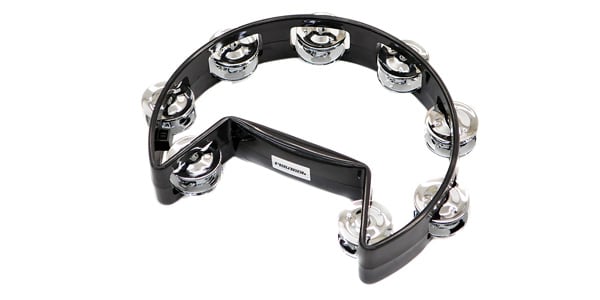
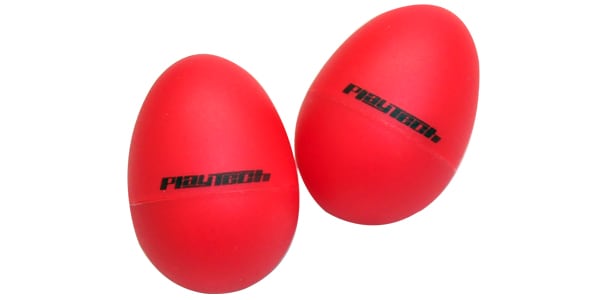
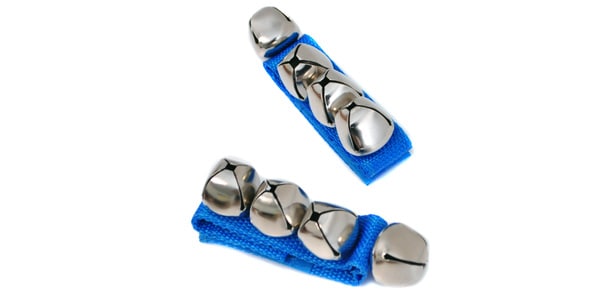
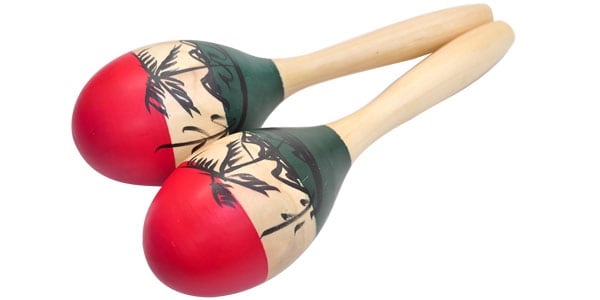
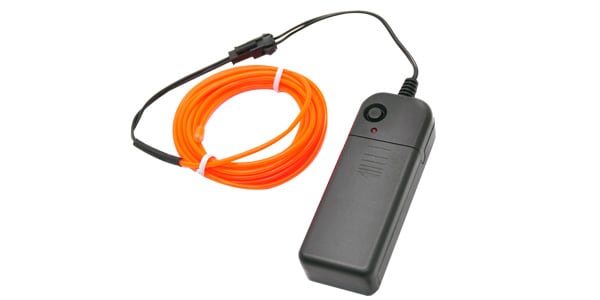
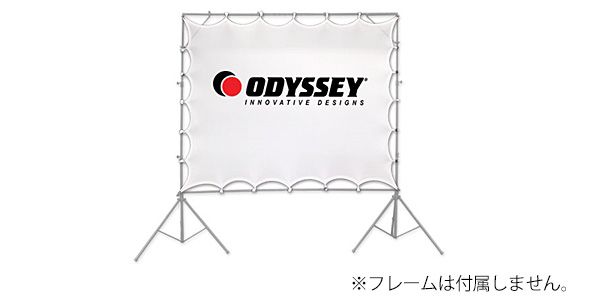

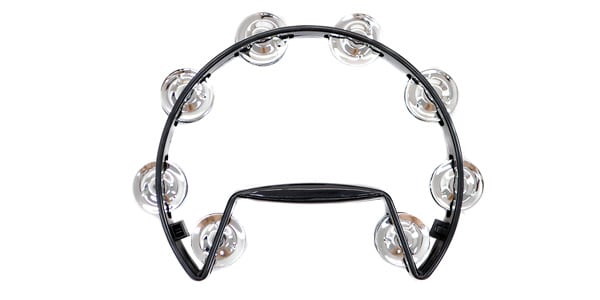







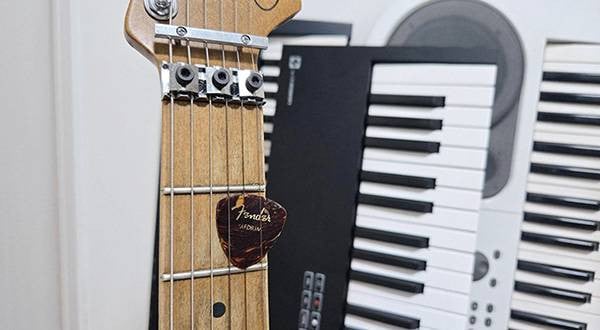
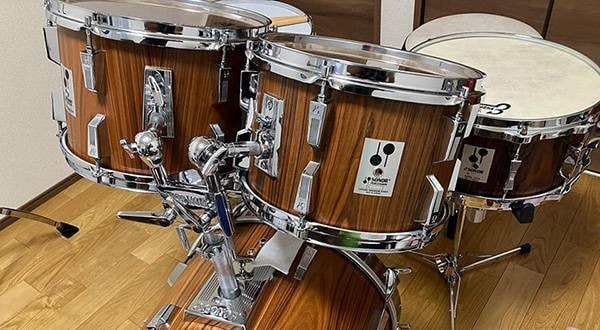
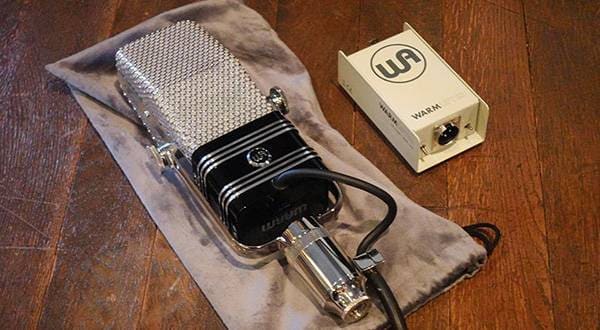
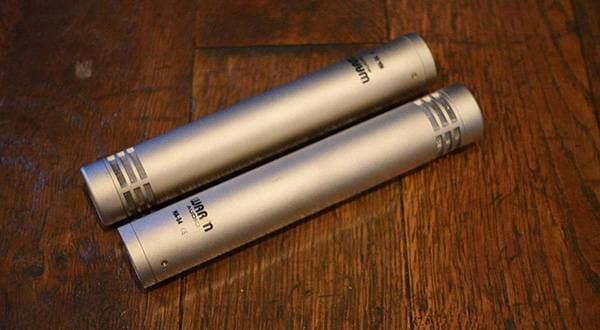

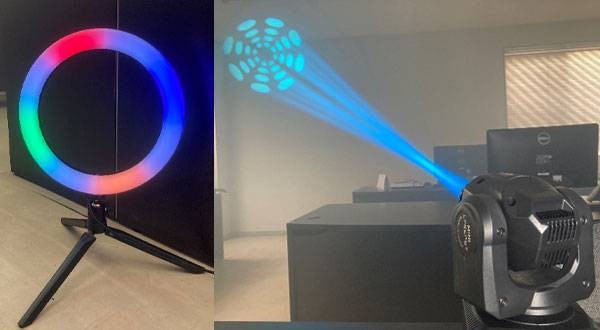
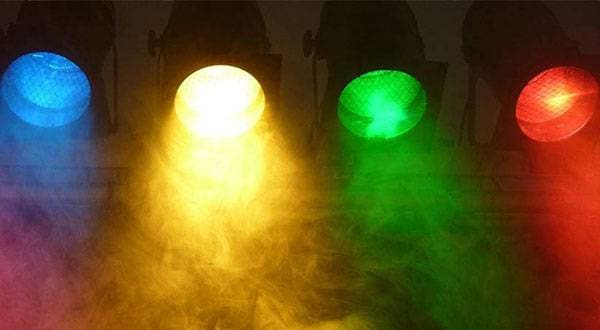
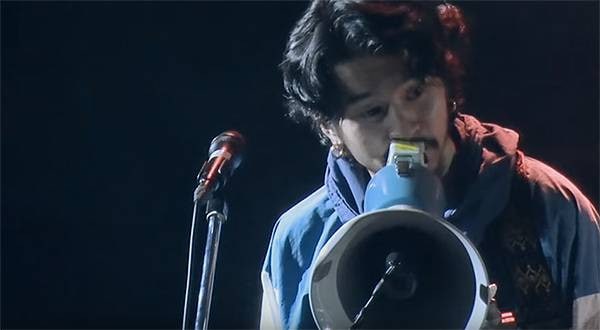
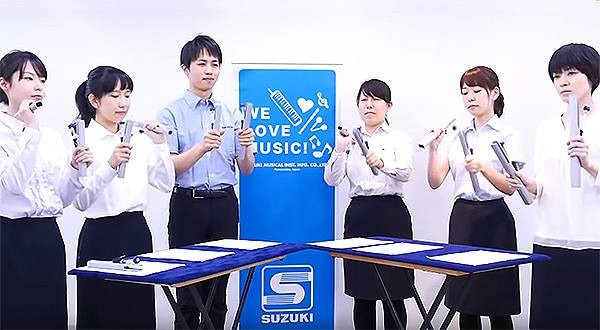
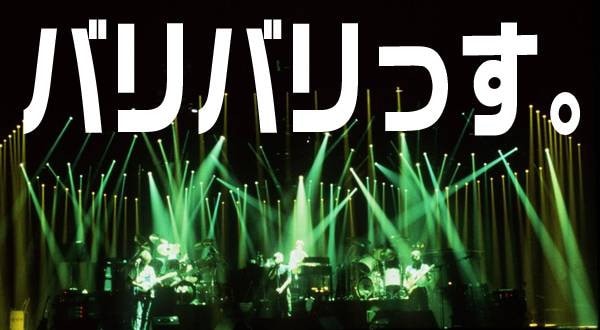
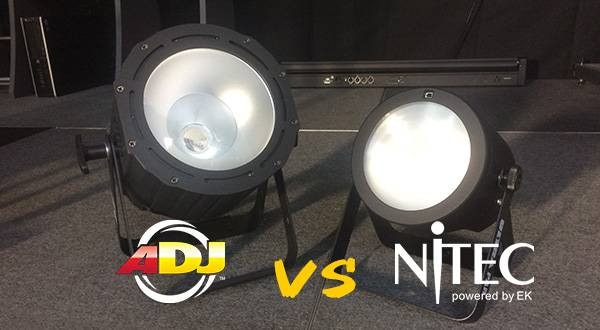
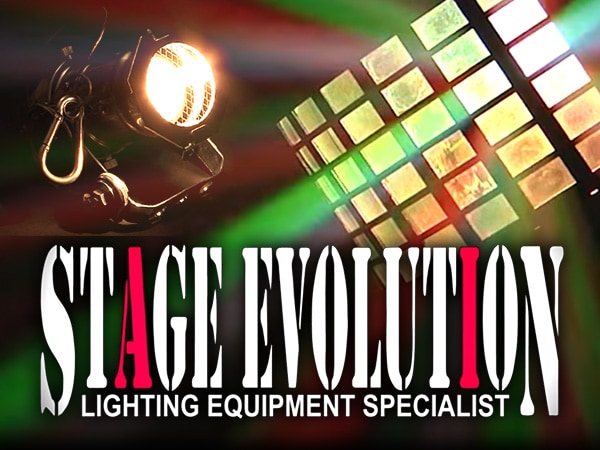 STAGE EVOLUTION ステージ照明
STAGE EVOLUTION ステージ照明
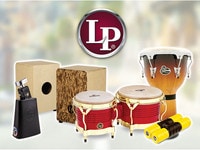 LP パーカッション
LP パーカッション
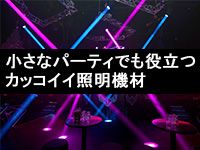 小さなパーティでも役立つカッコイイ照明機材
小さなパーティでも役立つカッコイイ照明機材
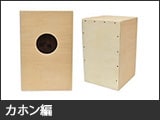 カホン編
カホン編
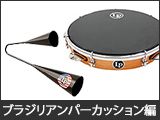 ブラジリアンパーカッション編
ブラジリアンパーカッション編
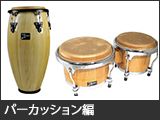 パーカッション編
パーカッション編
